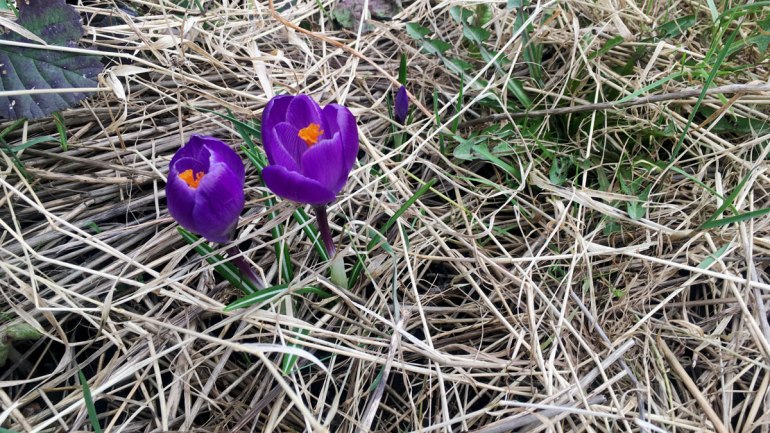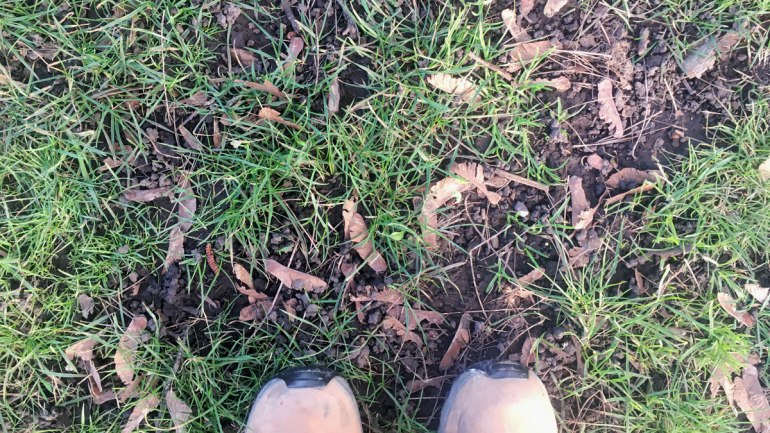Principle 2 of permaculture is ‘catch and store energy’. It’s designed to embed the habit of collecting resources when they’re abundant, so that they’re available in times of need. The proverb “make hay while the sun shines” nicely captures the spirit of the idea.
As humans there are many systems and practices that we can put in place to capture energy. The most common ones are harvesting solar or wind energy and preserving our food with pickles and jams.
Hello sunshine

As the weather seemed to change this week it felt appropriate to start the blog with a big shout out to the sun! I took this photo today and was lucky enough to simply spend some time enjoying our main energy source. Hello sunshine.
I was also soaking up some vitamin D – which we all need to function properly. So if you’re in the UK at the moment now is the time to get topping up again! 10 minutes a day spent in the sunshine with your arms exposed should be enough, but it depends on your body – read more at nhs.com. Remember to be safe and protect your skin with SPF.
Spring bulbs

With the sun comes the first signs of spring and in the world of plants that means plenty of bulbs. Snowdrops are usually the first to appear.
Bulbs are experts at storing energy in their underground tubers or corms, which is taken from their leaves in sunny days. This is stored over winter and used to produce the stems, leaves and flowers the following year. Perennials such as these are a great choice for your garden as you can leave them in the ground year after year without any wasted energy and lots of nutrients getting to your soil.
Helping the animals

Animals also like to make hay while the sun shines and for squirrels that means eating bulbs. That’s why these crocus flowers are the few remaining ones in the garden that had the chance to show their faces!
It makes sense to take what’s available at the time, which is why we can learn from the squirrel and make the most of our summer surplus when we can. This could mean pickling our beans, freezing our raspberries or drying our herbs. It all helps to reduce the need to get our food from far off places when they’re out-of-season and we know it will be packed with the best nutrients if they’re local and preserved in time.
Seeds

I couldn’t do a post about storing energy without mentioning seeds. Whilst seeds aren’t strictly about making the most of available energy they do provide a little packet of everything a young plant needs to get growing. Of course seeds such as nuts and grains are also a big source of energy for us and other animals.
During a walk on the park this week I couldn’t help but notice the sea of sycamore wings covering the ground. I always admire the design of these helicopters and wonder at how incredible nature is to come up with something so perfect. That’s me looping back to the first permaculture principle – observe and interact.
There are 12 permaculture principles and I’ll be exploring one each month throughout 2021. For more information and personal stories around them visit permacultureprinciples.com

Leave a comment